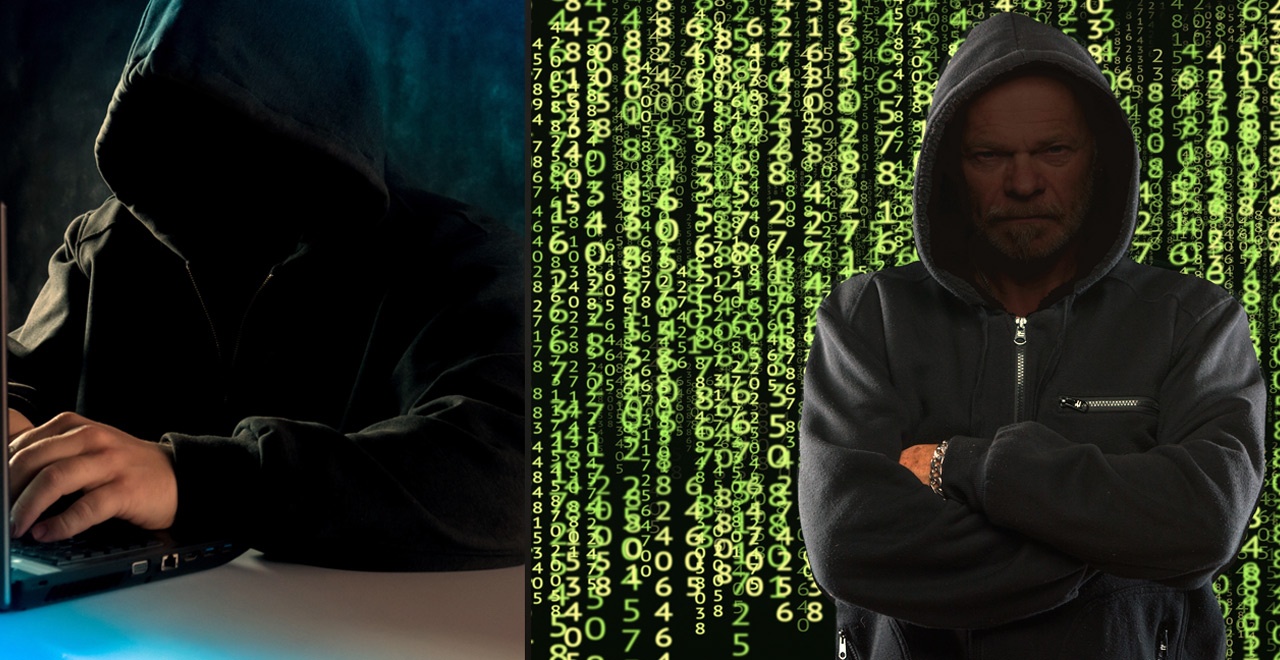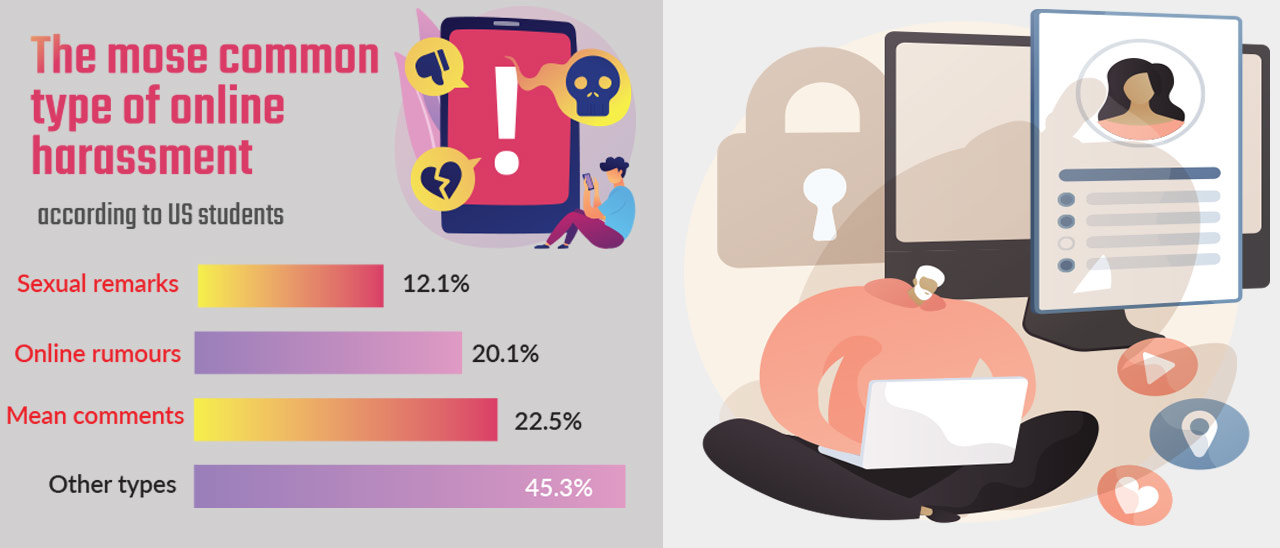Rohan, a 12-year-old Class VII student of a reputed school in the National Capital Region (NCR) was hooked on online gaming. During the pandemic, when he could not go out to play physically with his friends, online gaming gave him opportunities to make new friends and interact with them.
He especially liked Arjun, who he had become friends with on a gaming site, and they often played together online. In no time, the two had become fast friends and would even chat about their personal problems. Arjun had become a part of Rohan’s daily routine.
As his parents were busy working from home online, this new buddy Rohan found someone he could share everything with. Things, however, began to change slowly until the “friendship” turned into something else altogether, quite different from what Rohan had imagined. To his shock, one day Rohan heard Arjun take on a different tone altogether, bullying him into submission by threatening to post his pictures of gambling and gaming online on social media while tagging his parents.

Rohan did not want his parents to know what he had been up to online, particularly the gambling. He went into a shell and stopped going online. He started to receive threats on his mobile phone. That was when he decided to confide in his mother and tell her everything and when this writer’s help was sought as a cyber security professional.
Investigation revealed that Arjun was a 35-year-old man, distantly known to the family, who routinely indulged in online fraud, targeted younger people online and bullied them.
A police complaint was lodged against him under the Information Technology Act (IT), 2000, invoking Section 66 (D), cheating by impersonating, and Section 66 (A), sending offensive and false messages, as well as Sections 499 & 500 of the Indian Penal Code. The IT Act, amended in 2008, is the primary law in India dealing with cybercrime and electronic commerce.
Cyber bullying uses the internet and other electronic forms of technology to post mean, revealing or embarrassing photographs, messages, emails, or issue threats. Children and women are the main victims of this form of cybercrime.
Stalking and worse
The bully may first stalk the potential victim online and then force them to pay hush money or, worse, blackmail them online. As with so many crimes, a cyber bully is often a known person, friend or relative, and sometimes a stranger met online on social media platforms, chat rooms, gaming portals, and the like.
A scared Rohan did not want his parents to know what he had been up to online, particularly his gambling.
In recent years, especially in the wake of the pandemic-enforced lockdowns and work/study from home, this menace has been gaining ground. The bully may often build an emotional bond with the victim through social media or messaging platforms to gain trust. He/she will create fake accounts and pretend to be children or display interests similar to those of children. There have been many cases of even young children indulging in such activity against their peers online.
Nearly everyone experiences bullying at some stage of life. In the physical world, the intimidator is often the strongest or richest or most influential child who will try and have his way based on strength or money or influence. However, in cyberspace, such persecutors can often be physically weak children who could not get back at their tormentors in the real world. Cyberspace gives them the power and the tools to bully children and adults and get back at them.

Parents of young children spending a lot of time online need to keep track if they are receiving hurtful comments or if someone is persistently bothering them on social media. The bully tends to spread gossip or rumours about the child on the internet and threatens to share it on social media. Young children often tend to share inappropriate pictures of theirs which lead to online bullying and blackmail as well.
According to a study in the US, the impact of posting online pictures was more damaging than harassment through text messaging or phone calls. Parents, therefore, need to be extra cautious about this.
One worrying aspect of cyberbullying is that, unlike harassment in the real world, which is often limited to a school or playground and to known bullies, cyberbullying occurs at any time, day or night, and can be perpetrated by anonymous sources. Another aspect peculiar to cyberbullying is that it is devoid of human presence and the social empathy that is often encoded into our communication.
As no one has seen the child being bullied, no one reports it or tries to keep the bully away. This makes it even more difficult for children to handle cyberbullying on their own and they invariably need help from their parents, friends and cyber professionals.
Tell-tale signs
Whenever a child faces online trauma in the form of cyberbullying, the first and most typical defensive reaction is to withdraw from the online space immediately. By shutting themselves off from the internet, victims can stop the bully from entering their lives. But since children are naturally inquisitive, after a while, the victim tends to go back online to check if the bully is still around. Most predators who bully children for financial gain are aware of this and patiently wait for the victim to return. Finding the bully waiting there can result in deep mental trauma for the child and lead to mood swings, loss of sleep and other tell-tale signs that alert parents, relatives and teachers can detect.
As with so many crimes, a cyber bully is often a known person, friend or relative, and sometimes a stranger met online on social media platforms, chat rooms or gaming portals.
Since cyberbullies use social media to find victims, a tell-tale sign of a child being bullied online is sudden withdrawal from social media and even deletion of the account. Parents, therefore, need to ensure that whenever their child activates a social media account, they are not only aware of it but are also connected through their social media accounts with the children.
Parents need to devise methods to check with children about their activities on social media even though it may feel intrusive and annoying to the kids. Left unattended, cyberbullying can result in a range of psychological disorders which can be acute and even chronic in nature. A child can experience confusion, shame, humiliation, anger, frustration, panic attacks, anxiety disorders, post-traumatic stress disorder (PTSD) and even depression as a result of being bullied online.
Globally, one in every three users of the internet is a minor. This means that over a billion children are present online around the world at any given time.
Resistance
Children do not like to share details of their social media and gaming accounts with their parents. However, adults need to devise methods to always be in touch and remain updated about such accounts. Any unmonitored account is a potential target for cyberbullying.

Teachers with whom children spend a considerable part of their day can easily pick up the tell-tale signs of cyberbullying. Lack of concentration and falling grades are some indications. Unfortunately, with the pandemic causing schools to close and classes being run online, teachers find themselves unable to play a major role in tackling this menace.
Globally, one in every three users of the internet is a minor. This means over a billion children are present online around the world at any given time. A number of surveys in different countries show that about one in 10 children who surf online has been bullied. This suggests that millions of children have suffered cyberbullying, an indicator of the magnitude of the problem. With the number of children surfing the net increasing each day, cases of online intimidation are spiking on a daily basis. Another study shows that children who spend more than four hours online are more likely to suffer cyberbullying.
These surveys are not just figures to read and move on. Most national dailies recently reported the arrest of an IIT Kharagpur student who was cyberstalking and bullying schoolchildren using the Zoom platform.
Parents need to ponder the threat and take action to keep their children safe. It is essential that children’s online time be monitored for their safety. While a child may not understand this easily, parents need to be patient and explain the hazards of online bullying and uncover traces and signs that suggest instances of cyberbullying. There are unfortunately no short-cuts in this process.
By Col Sanjeev Relia

























